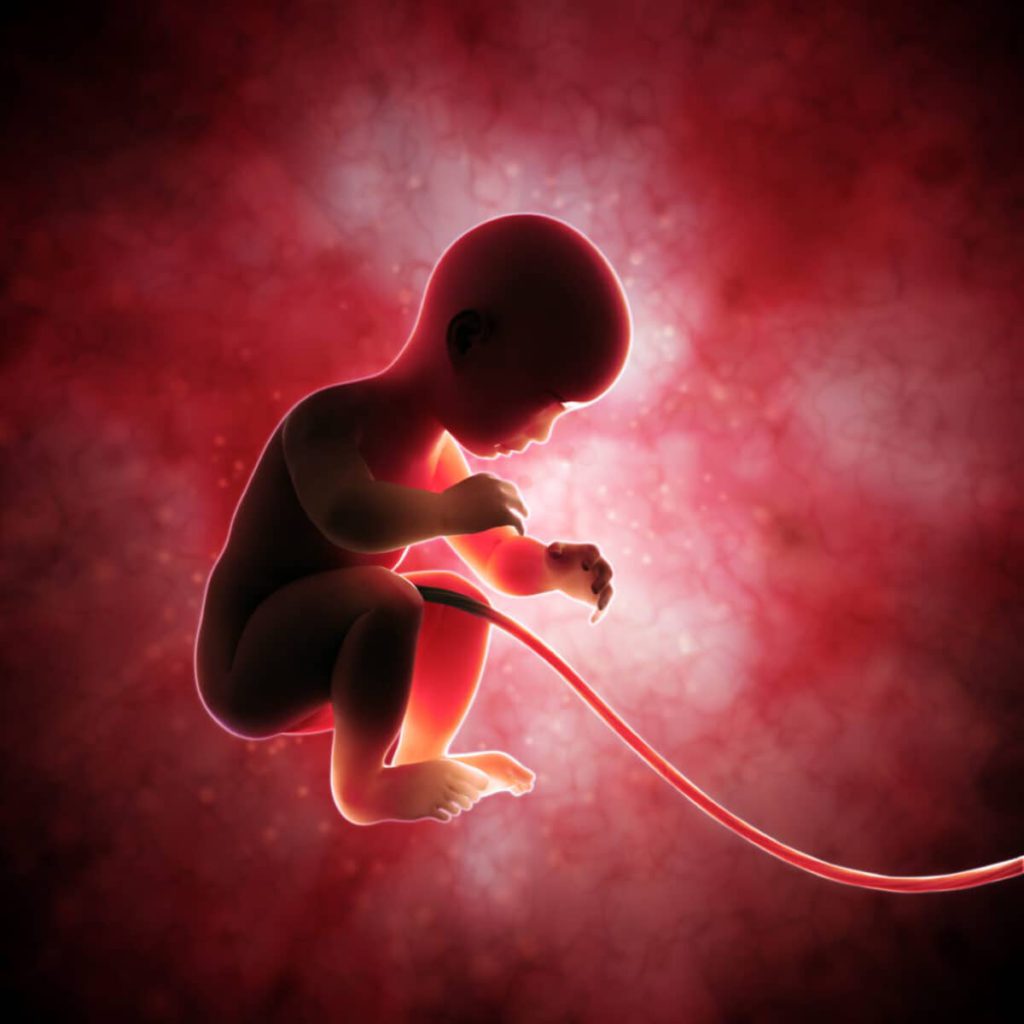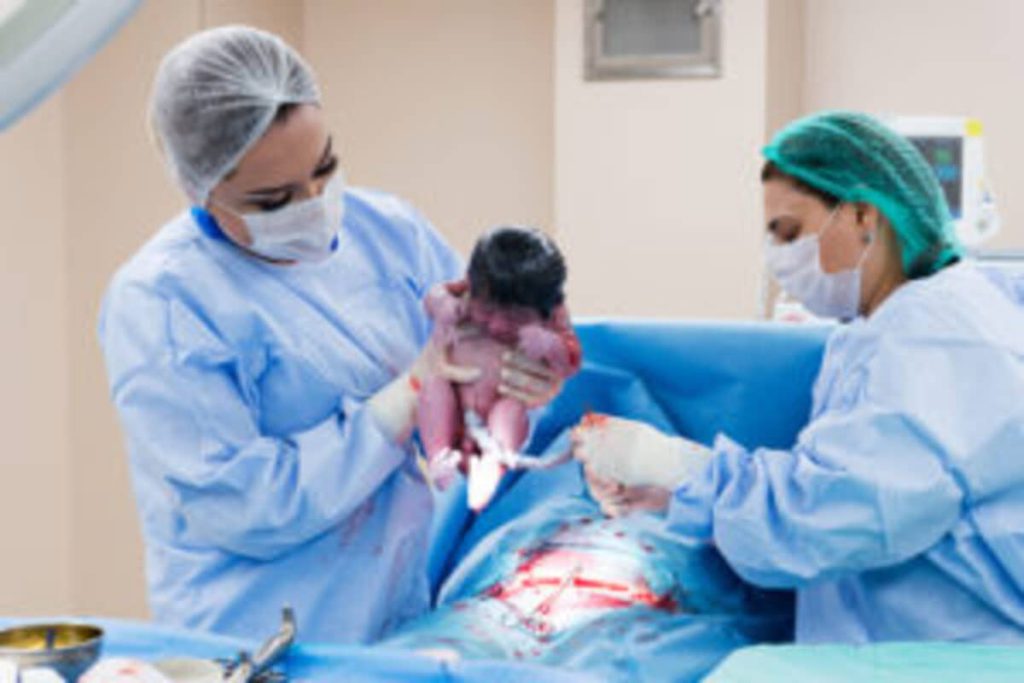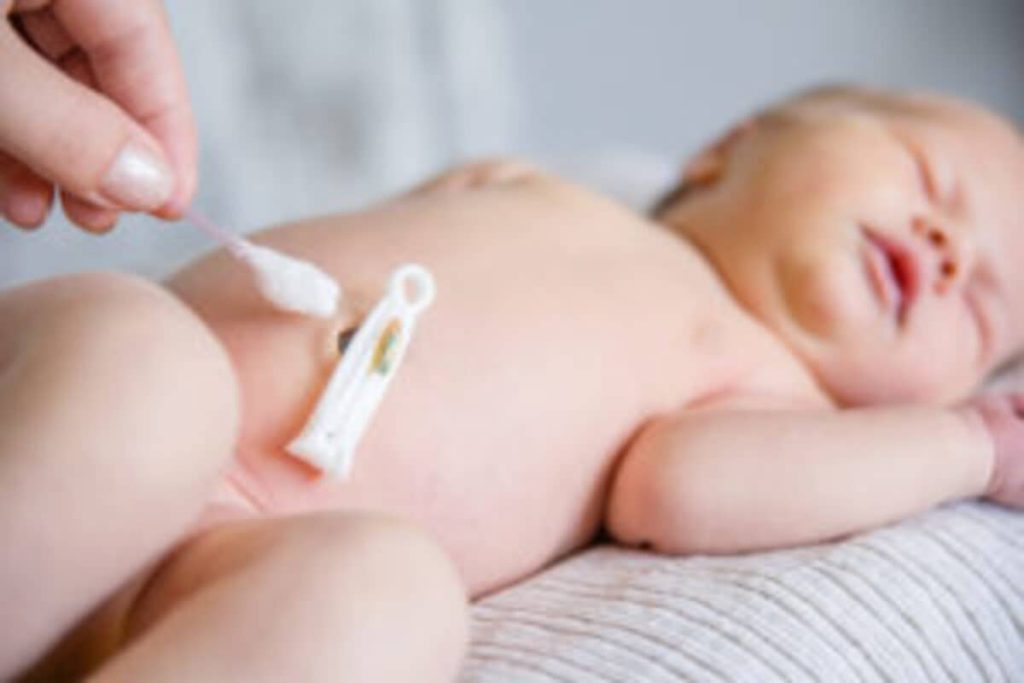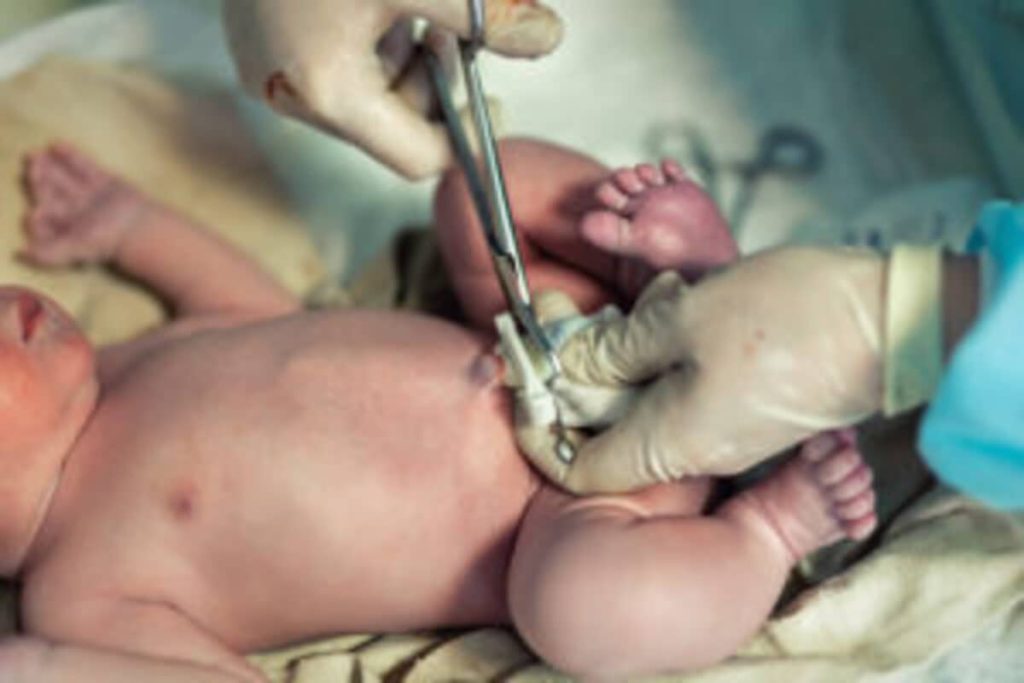Most relationships end at a point; including the one you share with the umbilical cord during pregnancy. Here’s the fact: it’s not you, it’s just normal. After birth, your little one no longer depends on the umbilical cord for gas transport and nutrient supply.
Thankfully, this is an expected sign of growth.
During pregnancy, your little one depends on you for oxygen delivery and nutrient supply. These demands are met by the combined action of the placenta and umbilical cord. In fact, any problem with the umbilical cord during pregnancy may lead to serious complications. Nevertheless, just like the placenta, the umbilical cord becomes non-functional immediately after delivery.
In this article, you’d find all the info you need about the umbilical cord; what happens to it after childbirth, and how to care for it. Furthermore, there’s a note on the signs and symptoms of umbilical cord infections.
Table of contents:
First, What’s an Umbilical Cord?
The umbilical cord is a connecting tube between the placenta and your baby during pregnancy.

In this period, it functions in the transport of oxygen and delivery of nutrients to your little one. The functions of the umbilical cord also extend to the removal of your baby’s waste products during pregnancy.
What happens to The Umbilical Cord After Childbirth?
After delivery, the umbilical cord becomes unnecessary because your baby will learn how to perform respiratory and excretory functions on his/her own. As a result, your doctors would clamp the umbilical cord as a part of the vaginal delivery process or Cesarean section.

Don’t fret: the process of clamping and cutting the umbilical cord wouldn’t hurt your baby.
This is because the umbilical cord has no nerves, so there’s no pain to you or your baby.
Nevertheless, cutting the umbilical cord would leave a short stump (of about 1 inch) on your baby’s belly. In most cases, this stump falls off within the first three weeks of life.
Initially, the stump would look yellowish and very shiny. However, it would become grey, brown, blue, or purple as it dries out. Eventually, it would wrinkle, turn black, and eventually fall off.
Tips On Umbilical Cord Care
Before the cord eventually falls off on its own, you need to keep the stump clean. For this, pediatricians now advise “dry care” for the stump. This simply means that you should keep the cord as dry as possible and expose it to air to prevent infections.

To help you out, we’ve compiled the following umbilical care tips:
- Ensure your hands are clean before touching your baby’s umbilical cord. This prevents you from passing any germs from you to your baby.
- Ensure that the stump is clean and dry as much as possible.
- Be gentle with the stump as you clean it.
- Don’t try to pull off the stump with your hands: Allow the stump fall off by itself, you don’t have to help it.
- Avoid getting the stump wet.
- Give your baby sponge baths instead of tub baths: This helps to keep the stump dry as much as possible.
- You can expose the stump to air to help dry out the base.
- Fold your baby’s diapers: so that it rests below the cord in order to shield the cord from your baby’s pee and poo. This also allows air to circulate around the base of the stump and keep the stump dry. You can opt for diapers that have cut out areas for the cord.
- Clean the stump gently with soap and water if your baby has a messy bowel movement and some stool gets on the cord.
Possible Complications of The Umbilical Cord
Umbilical cord complications are rare. However, some health conditions are associated with the umbilical cord stump. In fact, improper umbilical cord care may lead to various infections that may be potentially fatal because the cord has a straight passage to the bloodstream.

Some of these complications include:
1. Umbilical Hernia
When this happens, a part of the baby’s intestine protrudes through the abdominal muscles near the umbilical cord. Usually, it is not very serious and resolves on its own by the second year of life. In other instances, it may become more serious requiring urgent medical attention.
2. Omphalitis
This occurs when the area around the stump of the umbilical cord becomes infected. Sometimes, omphalitis can be serious if the infection passes into the bloodstream.
Symptoms of omphalitis include:
- Redness or swelling at the base of the cord
- Leakage of fluid or pus from the cord
- Foul smell
- Fever
Most times when this occurs, your baby may be hospitalized for proper monitoring and treatment. Antibiotics will be needed for treatment.
3. Umbilical Granulation
This happens when a part of the stump remains after all other parts have fallen off. This small, reddish or pinkish lump does not hurt and your baby’s doctor can help to remove it by severing its connection with the body. This is done by tying off this stump remnant or freezing it with liquid nitrogen.
When to See Your Pediatrician
You should consult your doctor immediately if you notice any of the following:
- Blood on the end of the cord: Minute bleeding may not be a sign of any infection, however, if the blood flow is heavy and does not look like it’s stopping soon, please call your doctor immediately.
- If you notice a yellowish or whitish discharge from your baby’s cord.
- If your baby cries whenever you touch the area around the cord. This may be a sign of pain around the cord.
- Reddish or pinkish swelling of the cord.
- Persistent umbilical cord stump: if your baby’s cord has not fallen off after three weeks, you should see your pediatrician immediately.
Conclusion
In conclusion, it is really easy to care for your baby’s umbilical cord stump and prevent infections. All you need to do is follow the readymade tips above and you’re good to go.
Your baby is going to grow up strong and healthy!
References
Tolulope O. Afolaranmi, Zuwaira I. Hassan, Ofakunrin O. Akinyemi, Sarah S. Sule, Matthew U. Malete, Choji Pam Choji and Danjuma A. Bello (2018). Cord Care Practices: A Perspective of Contemporary African Setting. Frontiers Public Health. Accessed on 9th October, 2021 from https://doi.org/10.3389/fpubh.2018.00010
Coffey, P.S. and Brown, S.C. (2017). Umbilical cord-care practices in low- and middle-income countries: a systematic review. BMC Pregnancy Childbirth 17, 68. Accessed on 9th October, 2021 from https://doi.org/10.1186/s12884-017-1250-7
Emma Sacks, William J. Moss, Peter J. Winch, Philip Thuma, Janneke H. van Dijk and Luke C. Mullany (2015). Skin, thermal and umbilical cord care practices for neonates in southern, rural Zambia: a qualitative study. BMC Pregnancy Childbirth 15, 149. Accessed on 9th October, 2021 from https://doi.org/10.1186/s12884-015-0584-2

